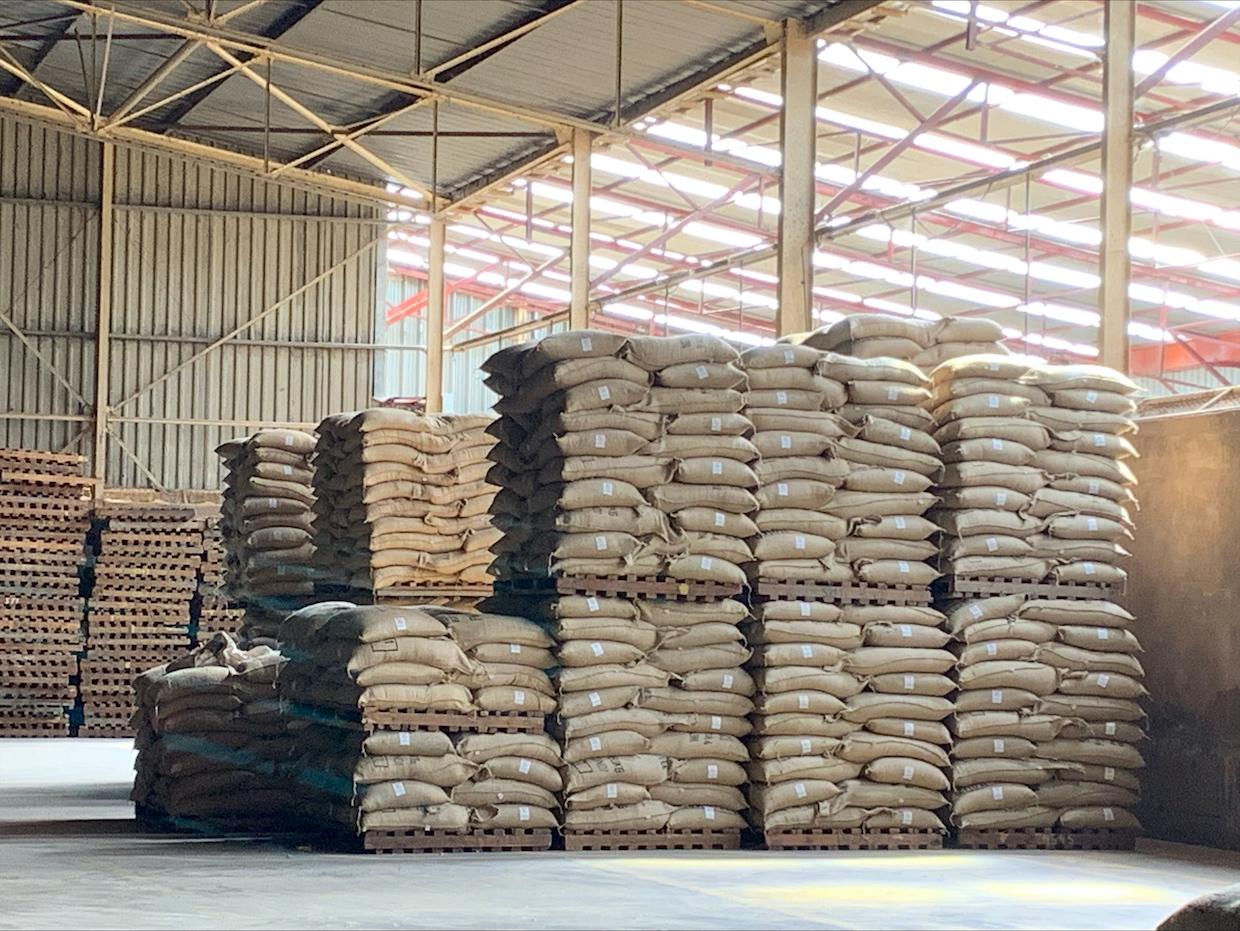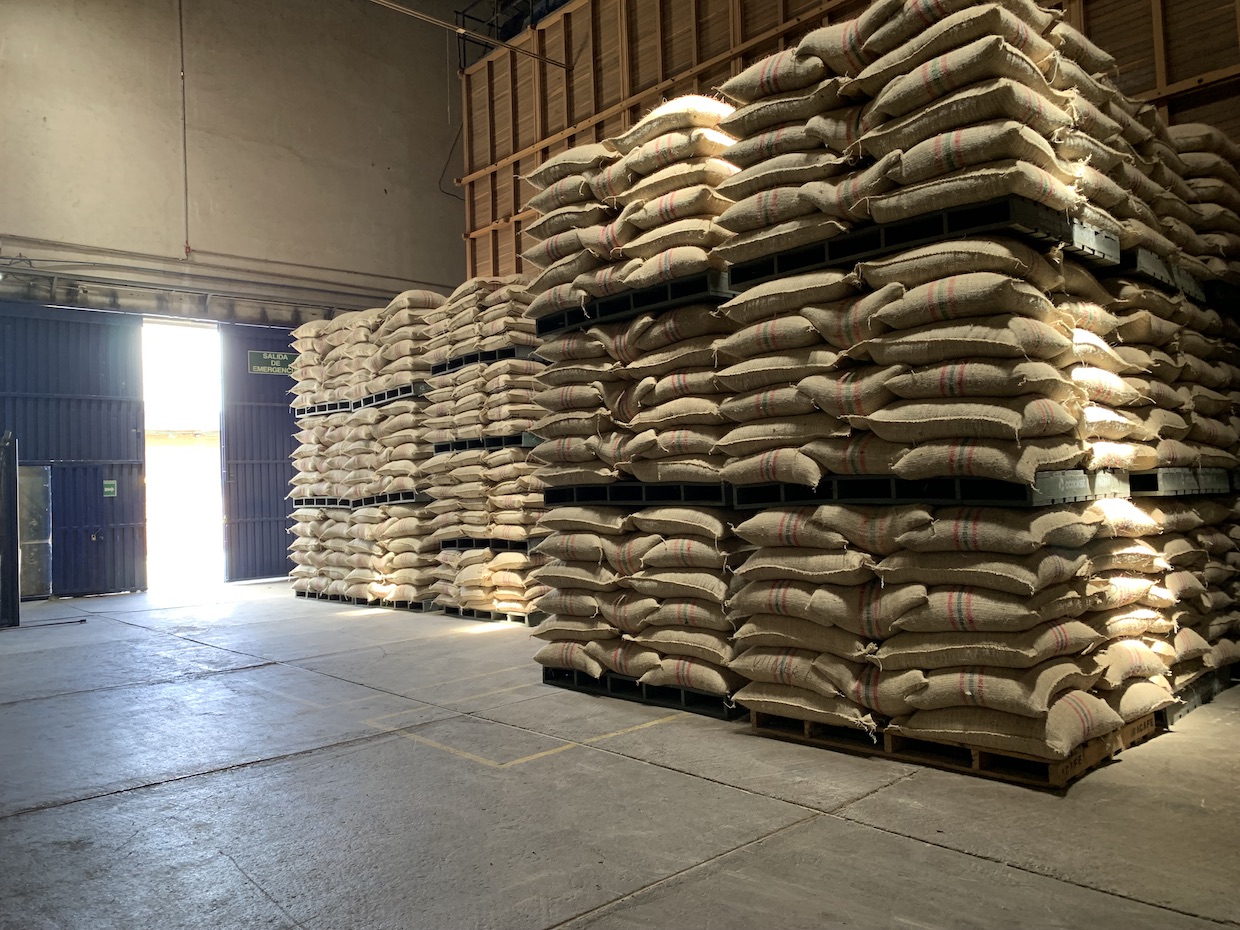An importer will never tell you this, but don’t buy too much coffee.
Most importers view trading as a zero-sum game where the objective is simple: win as much business as possible so your competitors lose the opportunity. Even suppliers facilitating direct trade can be guilty of pushing short-term sales at the expense of long-term, sustainable relationships.
Direct-relationship coffee is meant to create a positive impact for all participants. When done right, direct relationships should add enough value to roasted coffee so that the whole is greater than the sum of its parts.
Farmer-focused roasters need to be successful for relationship coffee to share value more equitably from seed to cup. Being overbought isn’t good for roasters. In the long run, overbuying isn’t good for suppliers either. Old inventory makes it harder for roasters to showcase great coffees, and overbuying makes it harder for suppliers to rotate inventory. So don’t buy too much!
Two critical lessons learned from decades of direct-relationship sourcing are these: 1) know your usage; and 2) learn how to say no.
Lesson #1: Know your usage
The direct-trade style of sourcing can easily lead to overbuying. It encourages roasters to book 100% forward to cover their full annual usage. It can also incentivize roasters to fill bespoke containers to simplify shipment timing. Finally, it can tempt farmer-focused roasters to book bigger volumes to create more impact. But if a roaster habitually buys more than they need, the business could lose momentum and become unsustainable.
Understanding usage to accurately estimate needs can strengthen the direct-relationship sourcing model.
Businesses that plan purchases carefully look at historic usage and adjust for anticipated changes to forecast sales. When looking at historic usage a roaster should consider both the recent weekly volumes and the previous years’ sales. From there, businesses would factor in any anticipated changes in volumes from new accounts, lost accounts, new locations, closed locations, growth in sales, etc. Once the buyer has the sales forecast, they can look at estimated usage by coffee category to plan purchases for each type of coffee they buy.
Buying and forecasting should be separate, complementary functions that bring balance and discipline to a roasting operation. Forecasting is smart for any size business. But for smaller roasters it might be the same person doing both forecasting and buying. Medium-sized and larger roasters might put forecasting in a different department to create a check-and-balance for coffee buyers. Buyers need to be especially disciplined if they are responsible for both, because it’s hard to say no.
Lesson #2: Learn how to say no
Let’s face it: buying coffee is fun; saying no isn’t.
For green buyers, it’s hard to resist when there are so many amazing coffees on a cupping table and so many compelling stories. Adding just one more micro-lot won’t break the bank, will it? Usually not, but one impulsive decision can lead to another. On top of that, green suppliers love to sell, and we can be pushy. Pushy suppliers might unwittingly lead roasters into bad business decisions. Meanwhile, roasters must adjust profiles and blends to trudge through past-crop coffee that could compromise their standards for quality.
Of course, meticulously processed coffee with ideal storage can sometimes hold up longer than 12 months. But in specialty coffee, the best-of-the-best is fresh and in-season. Limiting your buying by knowing your usage and saying no can help keep the greatest coffees fresh.
When a roaster is overbought, the importer is also in an oversold, bad position. Importers have working capital tied up in inventory that isn’t turning over. They are accruing expensive carry costs on green coffee that is decreasing in value. Overselling can also increase default risk. Contract defaults typically translate into large losses that can’t be recovered. Credible partners do not default on contracts, and the industry has robust arbitration standards to ensure contract execution.
Nonetheless, the last years have seen multiple importer acquisitions and even collapses. A failure to execute contracts as planned is one of many factors driving these importer failures.
Ultimately, bad roaster and importer positions will work their way upstream to growers. The producer won’t be represented in the best way possible if their coffee tastes faded or baggy. The roaster might also have to take a break or decrease an order size the following year if they over-purchase.
Emilio Lopez, a producer from El Salvador who has been working in direct-relationship coffee since 2008, gave this wise advice to a group of Seattle roasters: “We should treat coffee like a hot potato. We want it in and out of our possession as quickly as possible.”
So don’t buy too much coffee (but make sure you buy enough)!
[Publisher’s Note: The author of this column, Kat Nolte Feguson, told DCN that it grew out of Sustainable Harvest’s Unsustainable Project, an initiative launched by the green coffee trading company in April 2024 to “challenge the industry to be more honest about the economics of coffee.” Daily Coffee News does not engage in sponsored content of any kind. Opinions and views expressed in this piece are those of the author and do not necessarily reflect the position of any company or organization.]
Comments? Questions? News to share? Contact DCN’s editors here.
Kat Nolte Ferguson
Kat Nolte Ferguson is the managing director of two young daughters, a very large dog, and Sustainable Harvest. She’s been working in coffee from stocklot to microlot, from barista to trader, from Peace Corps to multinational, since 2000.









Comment